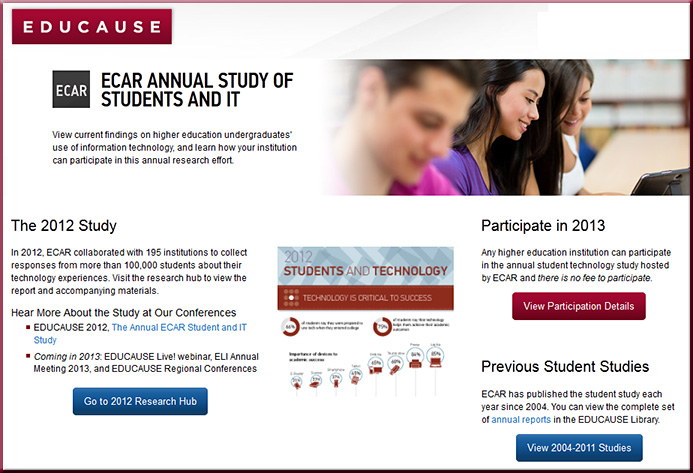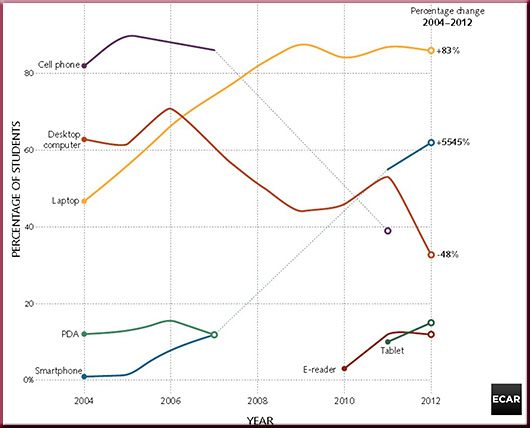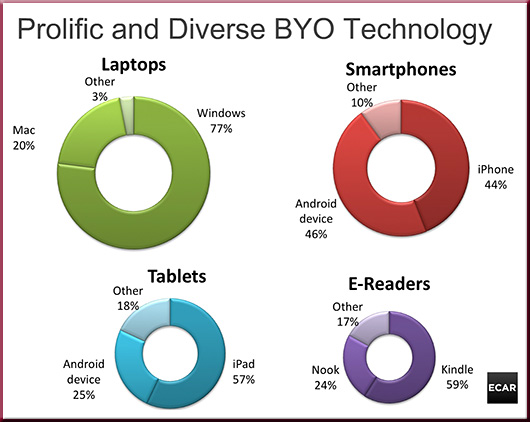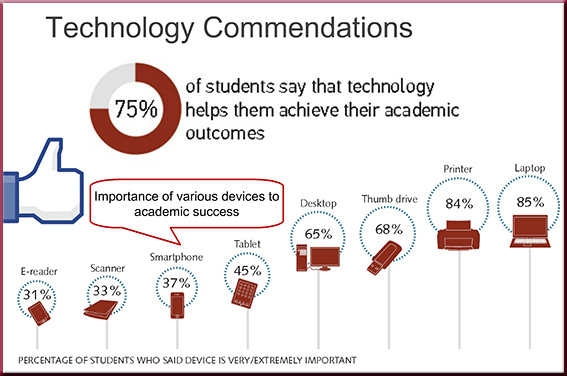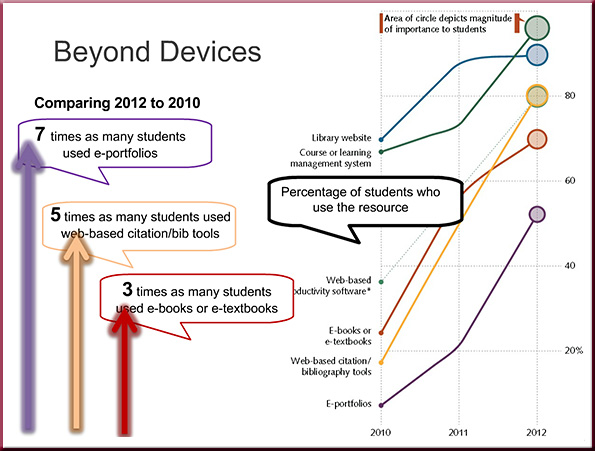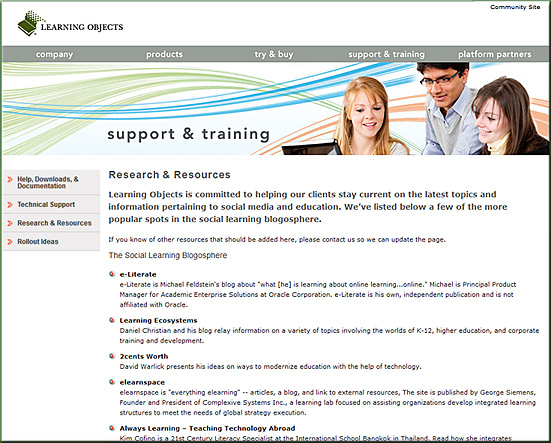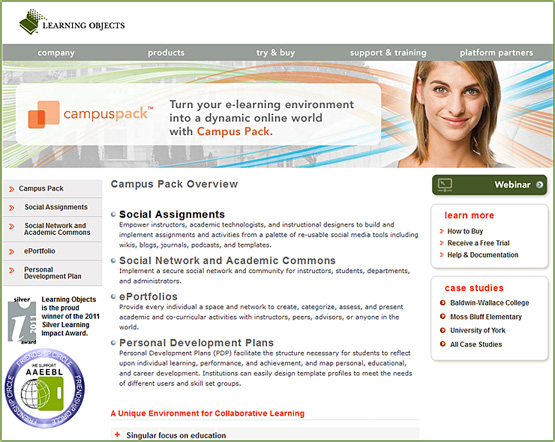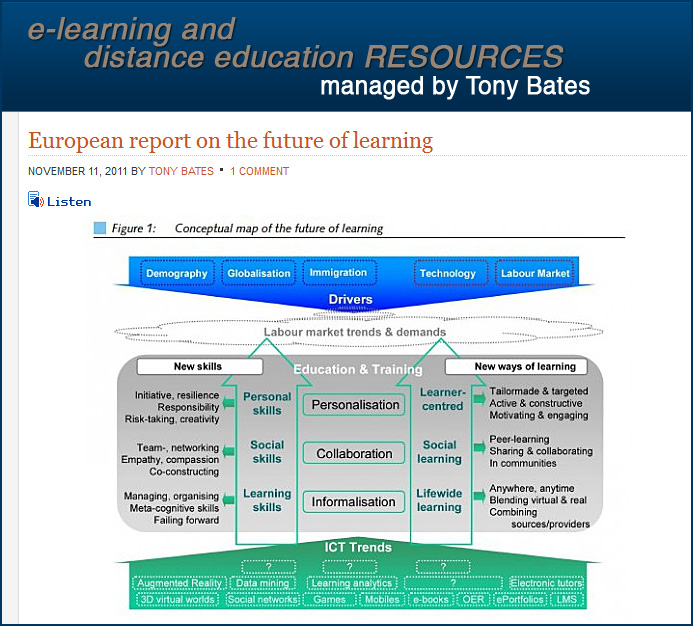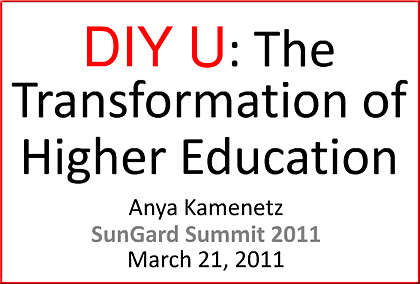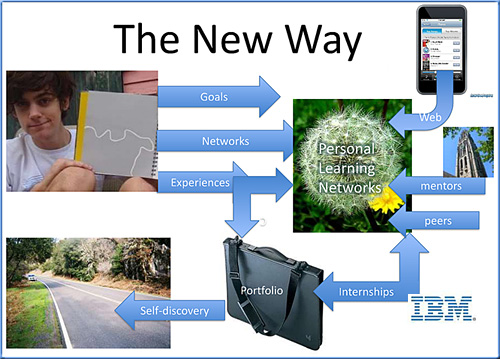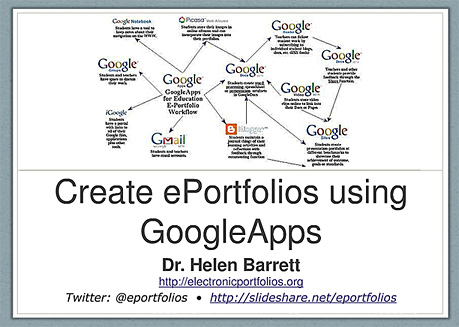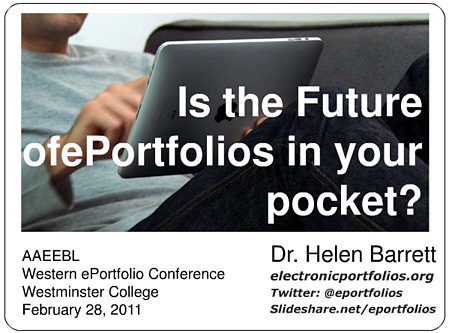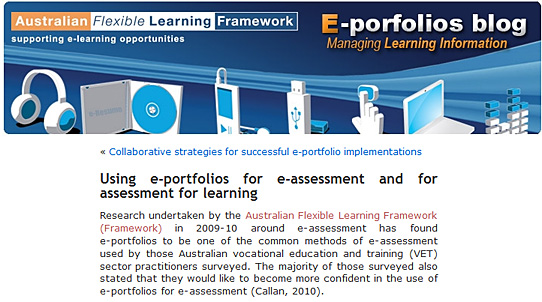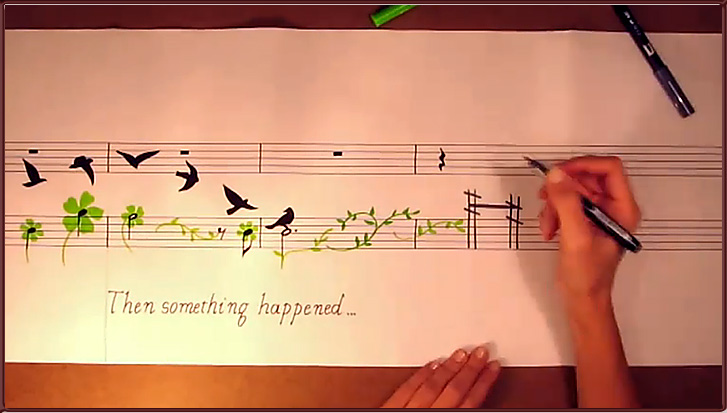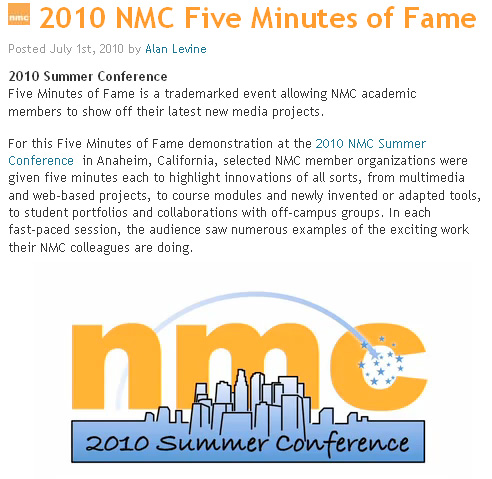Principles and practices in electronic portfolios
Excerpt / Introductory Premises
Composition professionals in post-secondary institutions—composition faculty, writing program administrators, and technology staff—share concern and responsibility for helping students learn to write at a college level, using the most effective communication technologies. Disciplinary practice and research suggest that portfolio assessment has become an important part of the learning-to-write process.
In turn, electronic portfolios (e-portfolios) have become a viable institutional tool to facilitate student learning and its assessment. E-portfolios can be “web-sensible”—a thoughtfully arranged collection of multimedia-rich, interlinked, hypertextual documents that students compose, own, maintain, and archive on the Internet or in other formats (e.g., CD-ROMs, DVDs). Web applications designed to support e-portfolio composition can offer additional opportunities for providing structure, guidance, and feedback to students, and can provide students with opportunities to connect selectively with multiple audiences.
E-portfolios communicate various kinds of information for the purposes of assessment. For example, e-portfolios can:
- Identify connections among academic and extra-curricular learning for admission to higher education and vocational opportunities
- Demonstrate applications of knowledge and critical literacies for course or programmatic assessment
- Provide evidence of meeting standards for professional certification
- Display qualifications for employment
- Showcase job-related accomplishments beyond schooling, for evaluation or promotion
- Represent lifelong learning for participation in public service
However, these purposes do not capture important kinds of student learning in composition courses that should carry over to writing tasks in other courses and contexts, e.g., students understanding their own writing process or learning style, or students setting their own goals for future learning.
As e-portfolios assume a greater role in institutional assessment, First-Year Composition (FYC) will most likely serve as the course that introduces them to students. Therefore, FYC faculty may have a particular, invested interest in identifying the principles and practices of e-portfolio development that prioritize student learning. Such principles and best practices, based on the theoretical knowledge that classroom evidence substantiates, enable composition faculty to provide students with experiences that help them expand and specialize their writing skills for a variety of cross-disciplinary programs and professional contexts beyond FYC.
12 important trends in the ePortfolio industry for education and for learning — from campustechnology.com by Trent Batson
A current scan of the ePortfolio marketplace
Excerpt:
In the last three months, I talked with a large majority of global ePortfolio industry leaders. I was surprised at how much the industry had changed and how large the scale of implementation is compared to a year ago.










